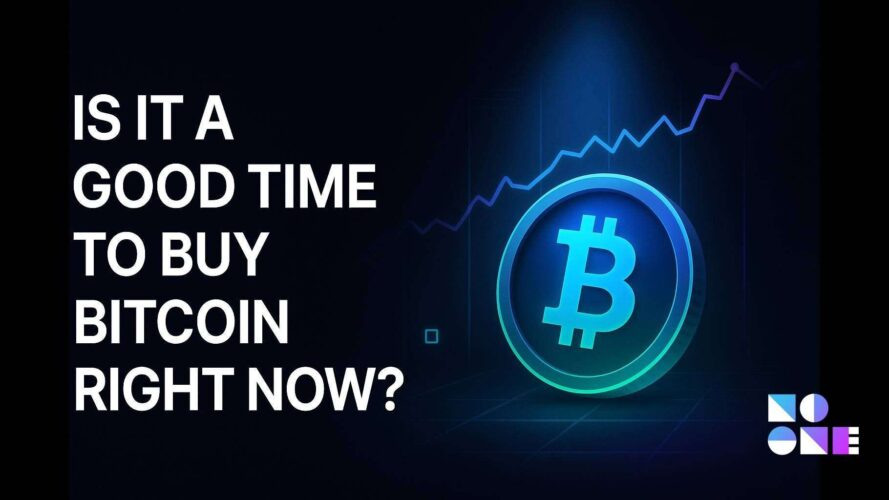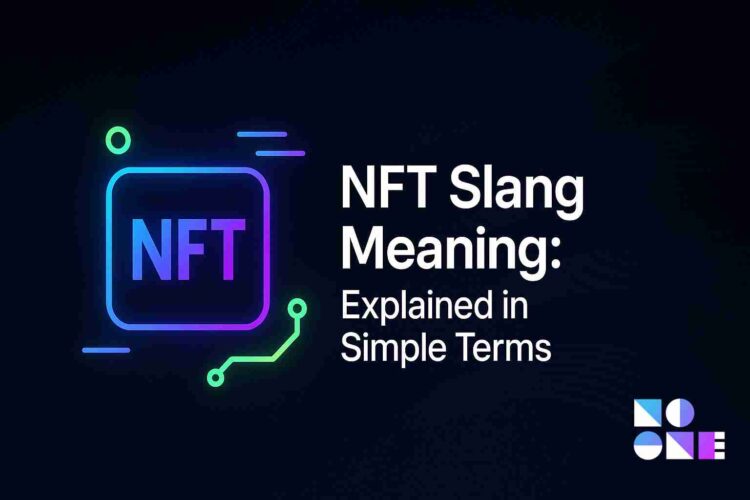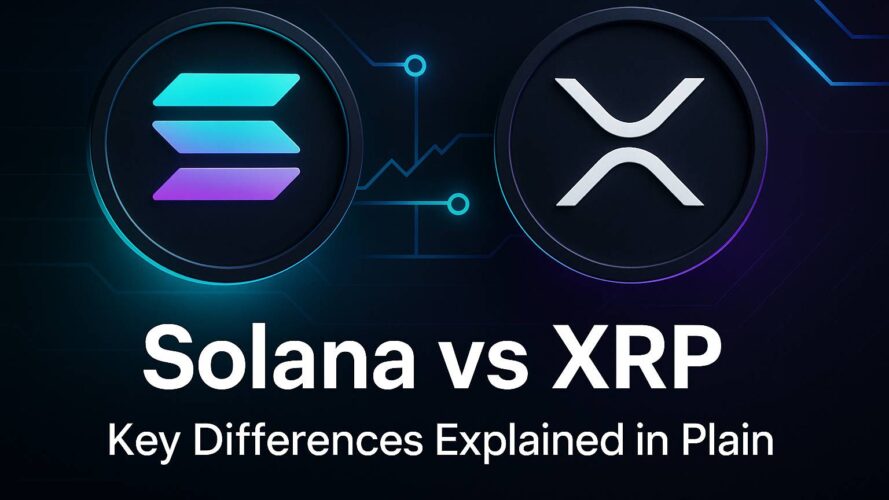Ethereum (ETH) is one of the most well-known cryptocurrencies, often mentioned alongside Bitcoin. However, it differs significantly in purpose and functionality. While Bitcoin is primarily a digital currency, Ethereum serves as both a cryptocurrency and a platform for decentralized applications. Its introduction of smart contracts has positioned it as a foundational layer for many blockchain-based innovations. Despite its strong market presence, Ethereum has faced criticism over technical limitations and slow upgrades. As the crypto space evolves rapidly, Ethereum’s role and relevance continue to be debated. This article explores what Ethereum is, how it works, and the challenges it currently faces.
What Is Ethereum (ETH)?
Ethereum (ETH) is a decentralized digital currency and blockchain platform that allows users to execute smart contracts and build decentralized applications (dApps). Launched in 2015 by a group of developers including Vitalik Buterin, Ethereum aimed to expand the use of blockchain technology beyond simple peer-to-peer payments like Bitcoin.
The native token of the Ethereum network is called Ether (ETH). It is primarily used to pay for transaction fees, computational services, and as a means of exchange within the Ethereum ecosystem. Ether is also traded on global cryptocurrency exchanges and is considered one of the most prominent digital assets in the market.
Ethereum introduced the concept of smart contracts—self-executing code that runs on the blockchain and enables trustless interactions between parties. This innovation has led to the growth of various sectors such as decentralized finance (DeFi), non-fungible tokens (NFTs), and blockchain-based games.
Despite its popularity, Ethereum faces several challenges. It has been criticized for network congestion, high gas fees, and delayed upgrades. Although the transition to Ethereum 2.0—intended to improve scalability and energy efficiency—has begun, the full implementation is still ongoing.
Ethereum remains under pressure from newer blockchain platforms offering faster, cheaper, and more scalable solutions. While it still holds a large share of the market, its long-term dominance is not guaranteed. Ether continues to be widely used, but like any digital asset, its value and utility depend on broader adoption and continued development of the network.
Ethereum (ETH) Price Prediction for 2025, 2027, 2030, 2035, 2040, 2050
As of April 25, 2025, Ethereum (ETH) is trading at $1,770, with a market capitalization of $216 billion. It currently holds the #2 position on CoinMarketCap, ranking just behind Bitcoin.
Our price forecast is based on a combination of fundamental and technical analysis. Please note that this article is intended for informational purposes only and does not constitute financial advice.
| Year | Price Prediction | ROI of your investment (if you buy the coin now) |
| 2025 | $5,300 | 199.44% |
| 2027 | $2,650 | 49.72% |
| 2030 | $53,000 | 2,894.35% |
| 2035 | $70,800 | 3,900.00% |
| 2040 | $124,000 | 6,905.65% |
| 2050 | $123,800,000 | 6,994,250.28% |
2025
The year 2025 began as a challenging period not only for the broader crypto market but particularly for Ethereum. The network faced increased criticism, and some industry figures — including Cardano’s founder — went so far as to predict Ethereum might not survive the next decade. While these concerns shouldn’t be dismissed, it’s still too early to declare the project’s decline. The Trump administration’s decision to exclude Ethereum from the U.S. strategic crypto reserve further fueled uncertainty, triggering notable outflows from Ethereum-focused ETFs. However, renewed optimism in the overall crypto market, along with recent actions by Ethereum’s core developers to address long-standing issues, could help restore its former momentum. Taking these factors into account, our ETH price prediction for the end of 2025 stands at $5,300.
SEO analysisEnter a focus keyphrase to calculate the SEO score
Premium SEO analysisPremiumAdd related keyphrasePremiumTrack SEO performanceInternal linking suggestionsPremium
Cornerstone content
Advanced
Insights
Поля для записей
Move upMove downToggle panel: Поля для записейКоличество лайковКоличество дизлайков
ЗаголовокТекстИзображение
No image selected Add Image
Use up and down arrow keys to resize the meta box panel.PostBlock
13 BlocksOpen publish panel
- Post
2027
The positive momentum from the 2025 crypto boom will likely fade by 2027. As the post-halving bull run begins to cool off in late 2026 and early 2027, profit-taking will become more common. The market will start adjusting in anticipation of the next Bitcoin halving. During this time, sideways movements and increased volatility could make the crypto market risky for new investors. The inflow of fresh capital might slow down. By the end of 2027, Ethereum (ETH) could potentially decline to around $2,650, down from its 2025 highs.
2030
By 2030, the crypto market will likely be driven by growing global adoption and another major bull run following the 2028 Bitcoin halving. While overall market sentiment will influence ETH, the network’s wide usage—powering thousands of projects and tokens—will play a key role in its growth. If adoption continues on this trajectory, Ethereum’s price could reach $53,000 by the end of 2030.
2035
Looking ten years ahead, the financial world may undergo radical changes. Fiat currencies might be obsolete, with all payments becoming digital. It's still unclear whether DeFi solutions will dominate or whether traditional banks will fully regulate digital finance. However, if Ethereum remains at the forefront of decentralized finance, it could thrive in this new environment. Contrary to some bearish predictions, ETH could survive and even flourish—potentially reaching $70,800 by the end of 2035.
2040
Projecting to 2040, it’s difficult to fully imagine how technology and economics will evolve. However, it's plausible that cryptocurrencies, NFTs, and other digital assets will be integral parts of everyday life. If today’s leading crypto platforms continue to innovate and adapt, Ethereum could maintain its dominance. In such a scenario, ETH might be valued at $124,000 by the end of 2040.
2050
According to our long-term projection model, Ethereum could experience an astronomical rise of 6,994,250%, surpassing the $1 million mark. By 2050, ETH could theoretically reach a staggering price of $123,800,000—assuming continuous technological evolution, mass adoption, and sustained global relevance of the Ethereum ecosystem.
Ethereum (ETH) Price Analysis for the Past Several Years
In the table below, you’ll find a breakdown of the most significant price movements in ETH history, along with the possible reasons behind those changes.
Please note that past performance does not guarantee future results.
| Date | Price | Why the price dropped/rose to this level (what influenced the price change) |
| Oct 21, 2015 | $0.420 | Ethereum reached its lowest recorded price of $0.420 shortly after its market debut, reflecting initial low liquidity and limited market awareness. |
| Jun 22, 2017 | Briefly dropped to $0.10 on GDAX | A multimillion-dollar sell order triggered a cascade of stop-loss and margin liquidation orders, causing ETH's price to plummet temporarily. |
| Jan 13, 2018 | $1,432 | ETH achieved its first significant peak during the 2017–2018 crypto bull run, driven by increased adoption and investor enthusiasm. On January 13, 2018 ETH price hit $1,432 |
| Feb 20, 2021 | $2,033 | ETH crossed the $2,000 mark for the first time, fueled by the growth of decentralized finance (DeFi) and anticipation of Ethereum 2.0. |
| Apr 27, 2021 | $2,718 | ETH experienced a strong rally, reaching a new all-time high, amid growing interest in blockchain applications and institutional adoption. |
| Nov 16, 2021 | $4,891 | Ethereum reached its highest price, driven by the NFT boom, DeFi expansion, and overall bullish market sentiment. |
| Jun 18, 2022 | $880 | On June 18, 2022 ETH's price fell significantly to $880 amid a broader market downturn and concerns over macroeconomic factors. |
| Dec 17, 2024 | $3,987 | On December 17, 2024, Ethereum hit $3,987 due to a bullish breakout, rising whale accumulation, optimism around spot ETFs, and increased adoption of Layer 2 solutions, all boosting investor confidence and driving demand for the ETH token. |
Q&A
Is ETH a good investment?
We are not making any investment advice in this article. This article is for informational purposes only.
What will be the ETH price in 10 years?
By 2035, there is a possibility that the ETH price could rise to $70,800.
Should you buy ETH now?
As of April 2025, Ethereum is not having its best time. The ETH price remains far from its all-time high of $4,891. It’s also being criticized for a lack of upgrades and proper work done on the network. However, the CoinMarketCap community remains bullish on the future of the token and the network, especially after recent updates from Ethereum's founders aimed at improving the network.
Conclusion
Once the most popular blockchain, Ethereum is facing heavy criticism in 2025 and pressure from competing networks. Users criticize it for the lack of recent technical updates, and some even speculate that Ethereum may not survive the next decade. When the Trump administration decided not to include Ethereum in the U.S. strategic crypto reserve, it was seen as the final straw by some investors. However, several updates were rolled out in April, suggesting it’s still too early to bury Ethereum completely.



